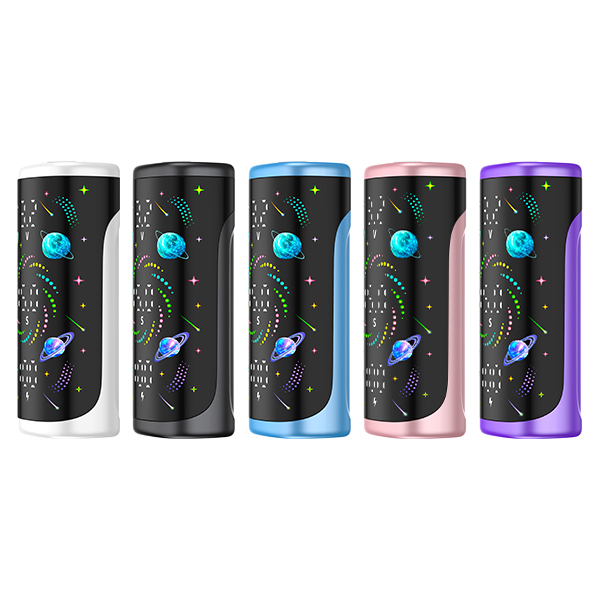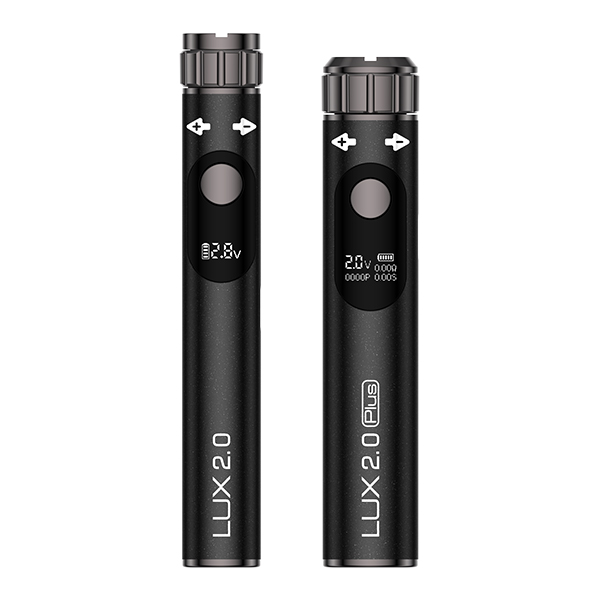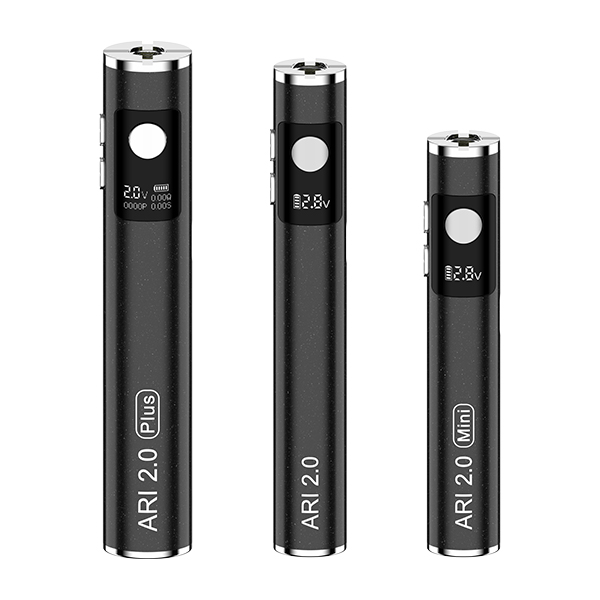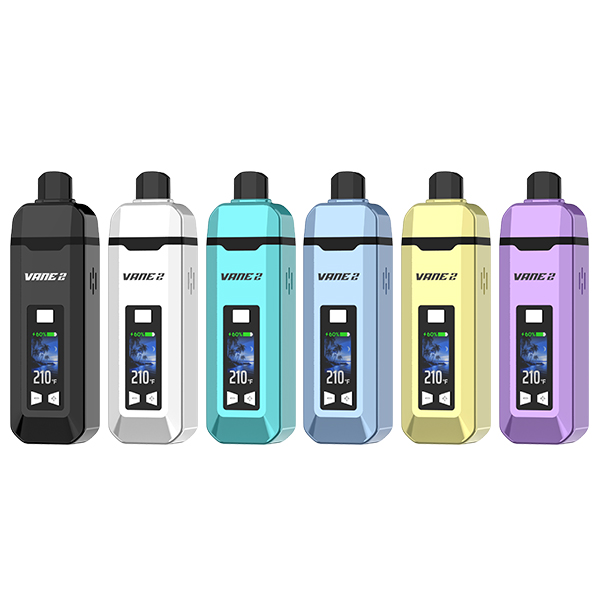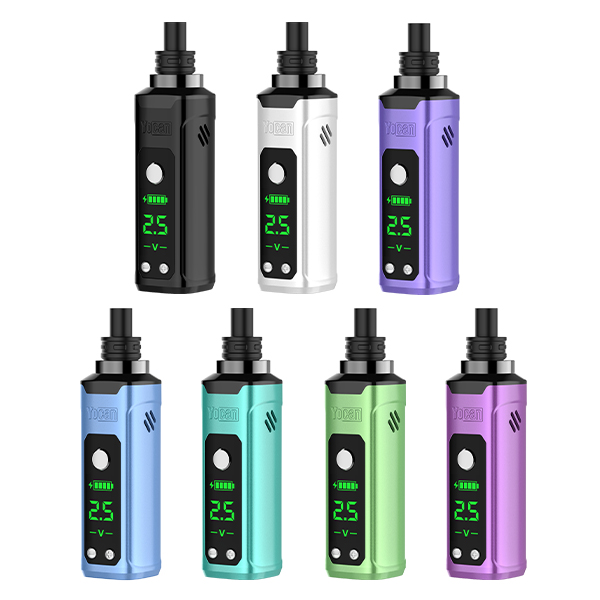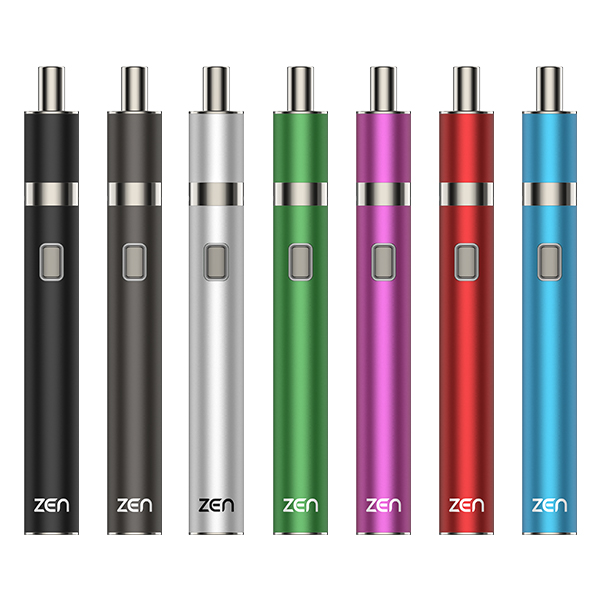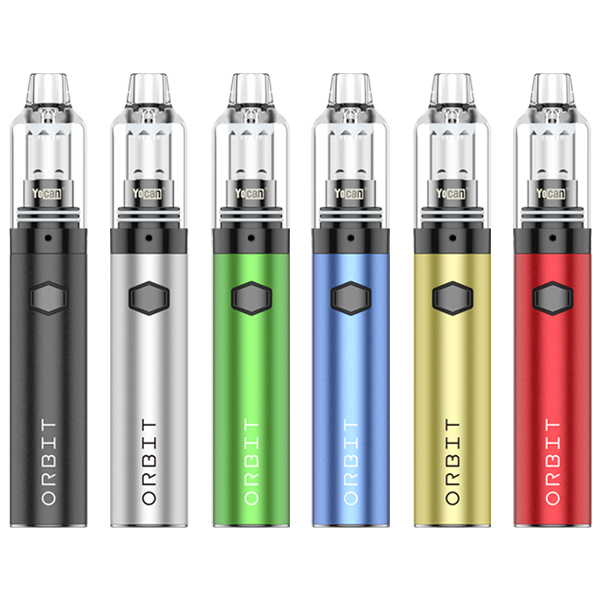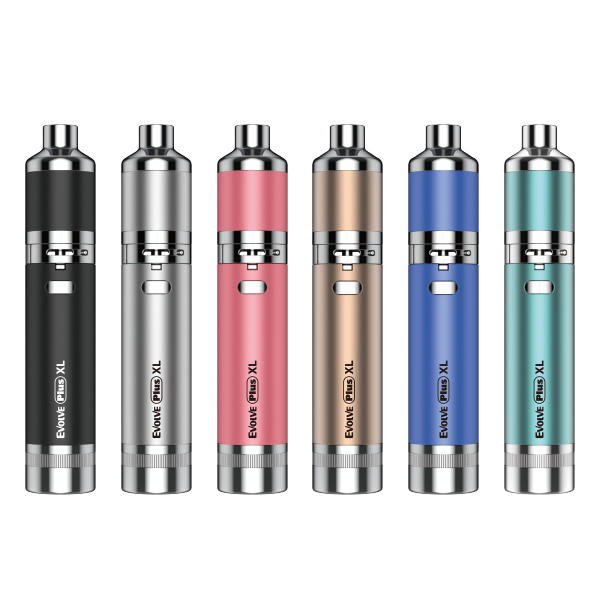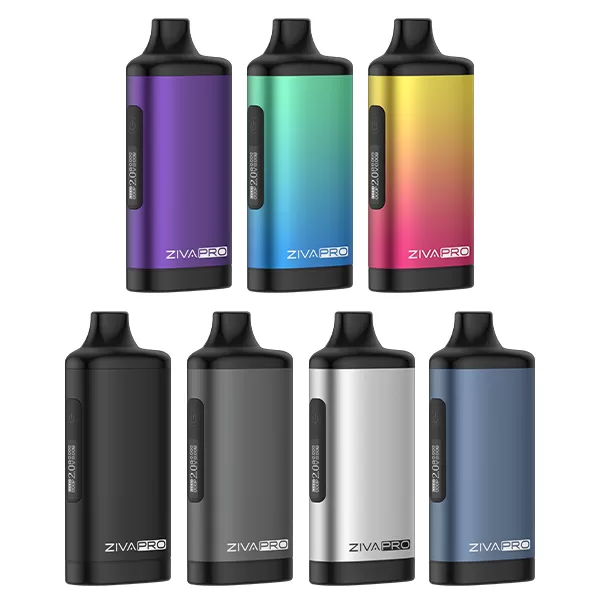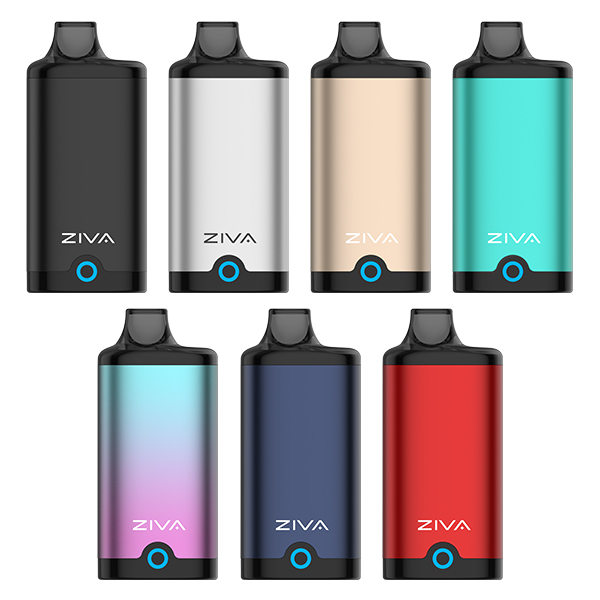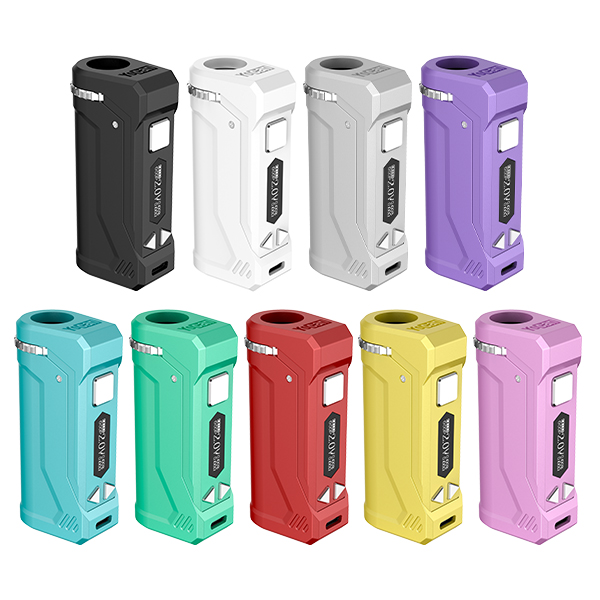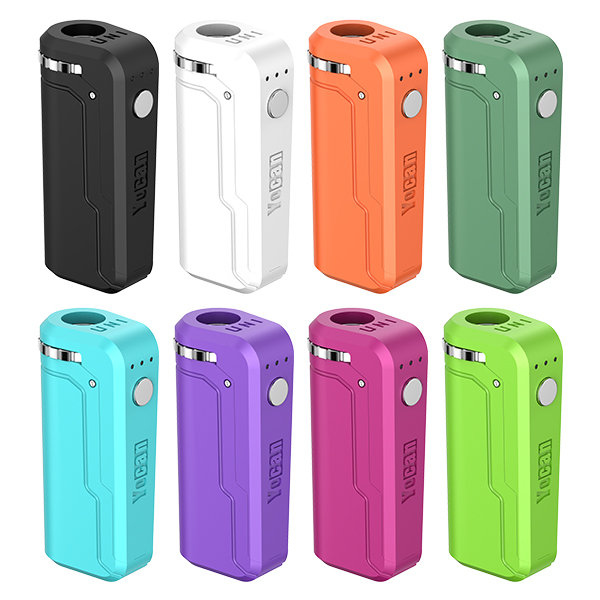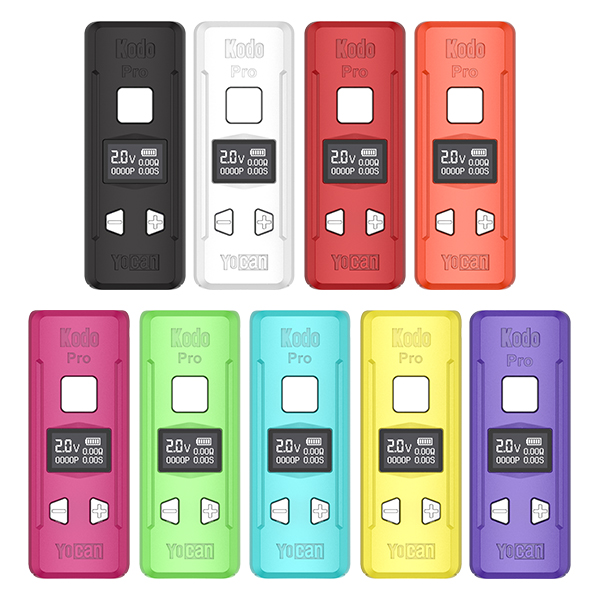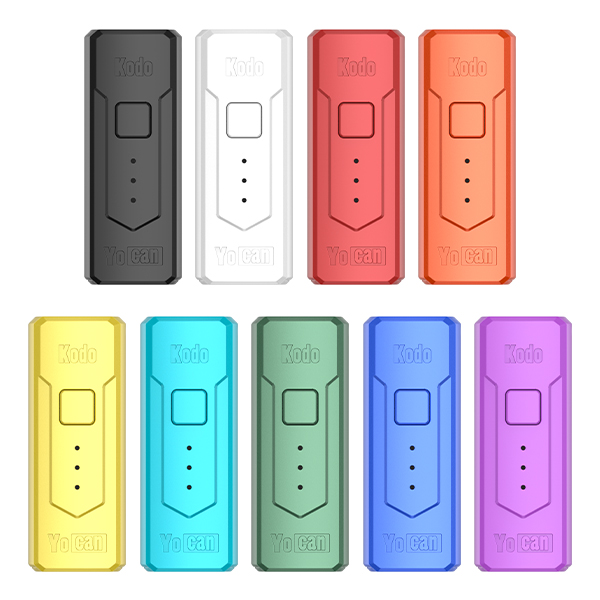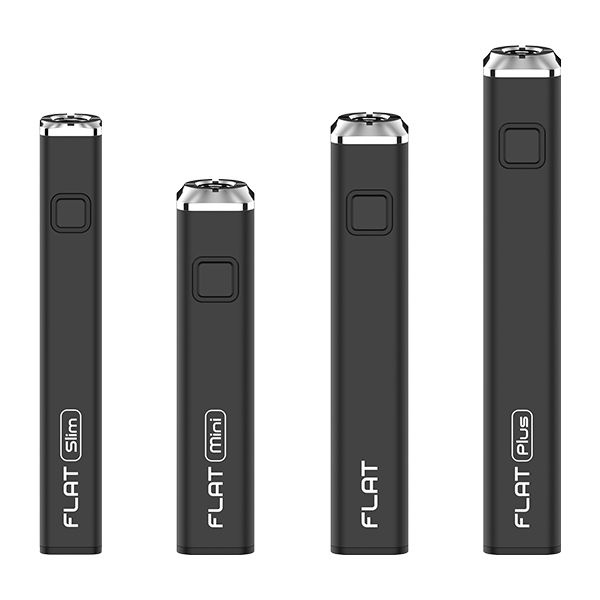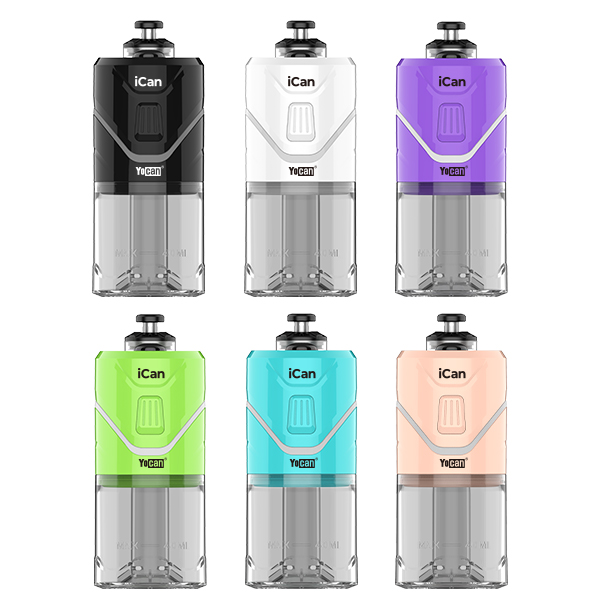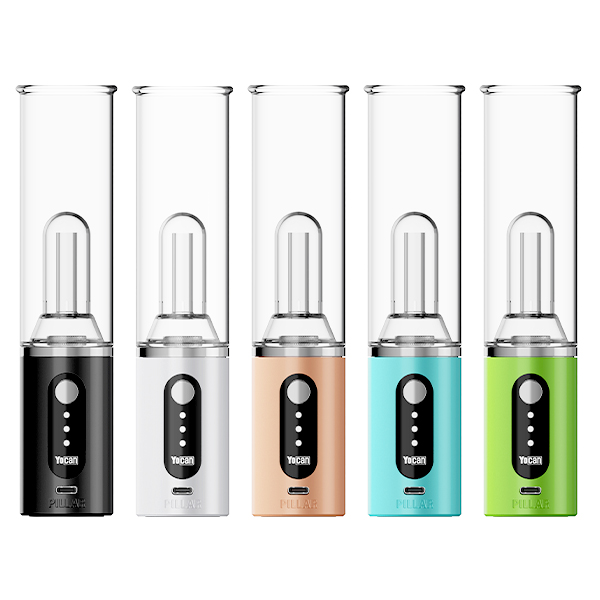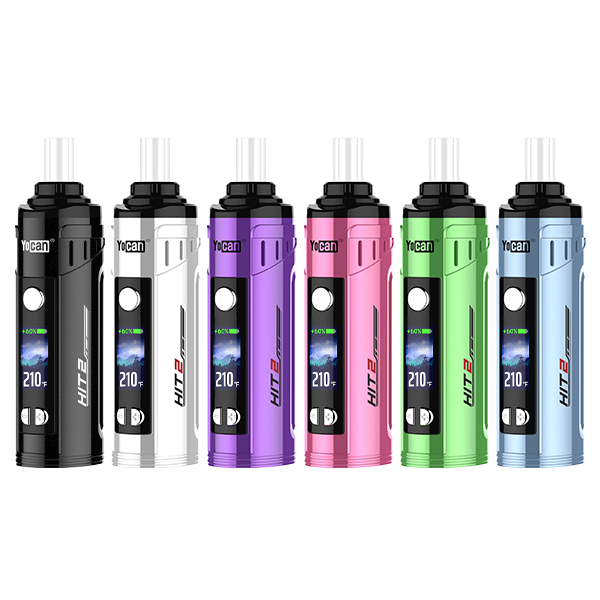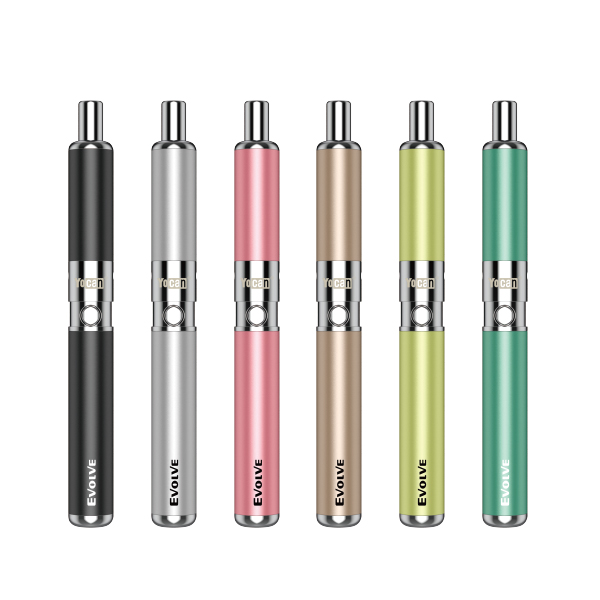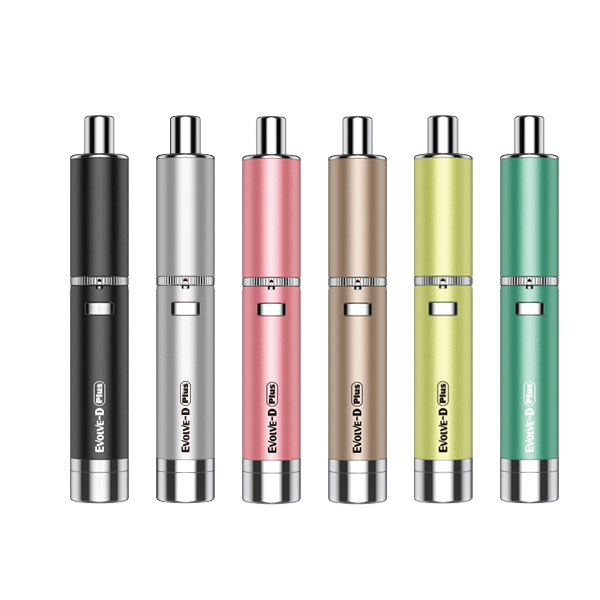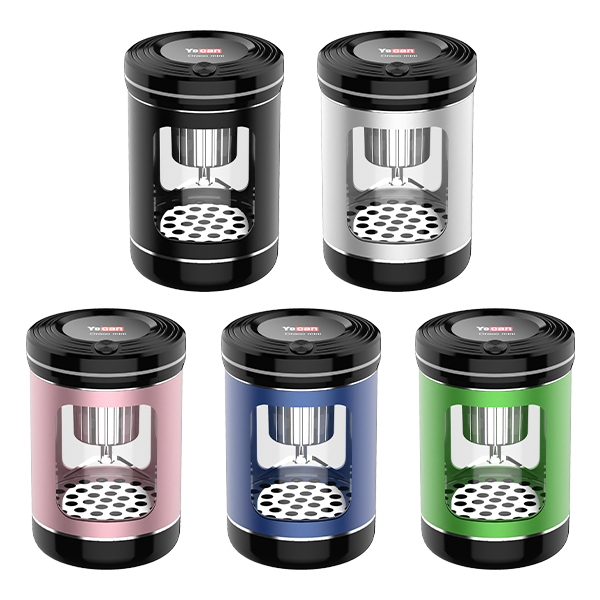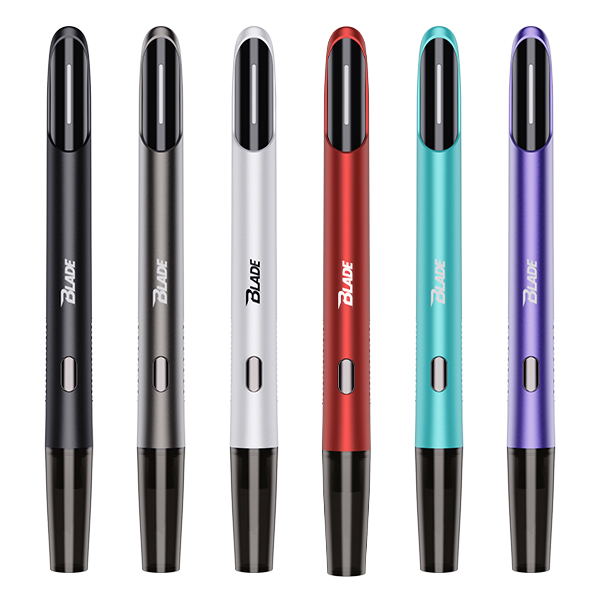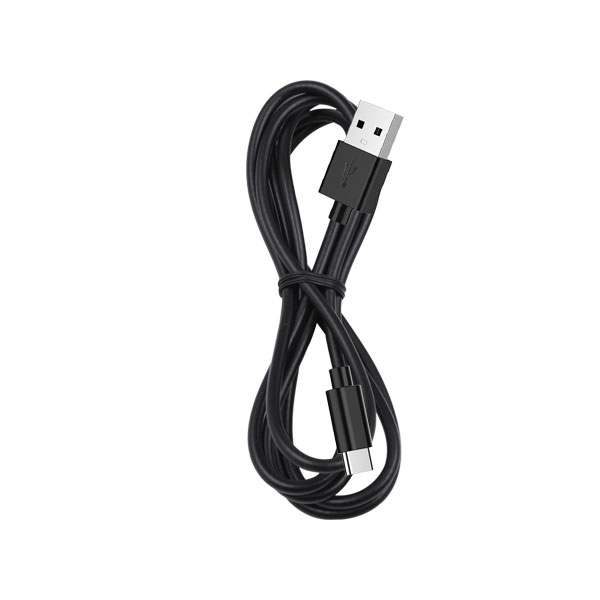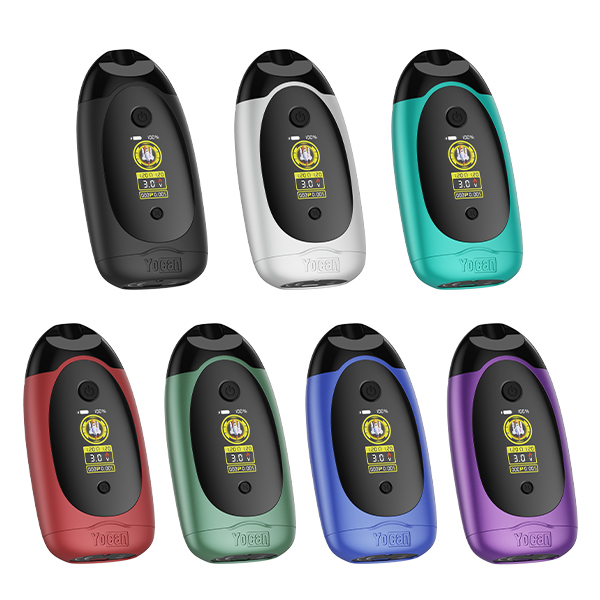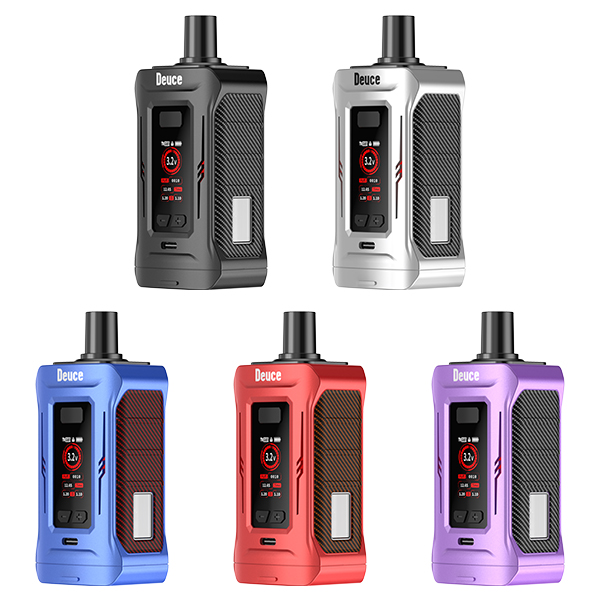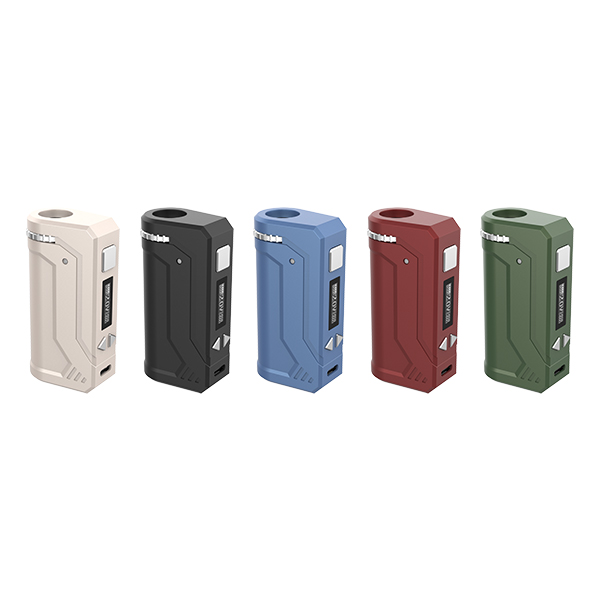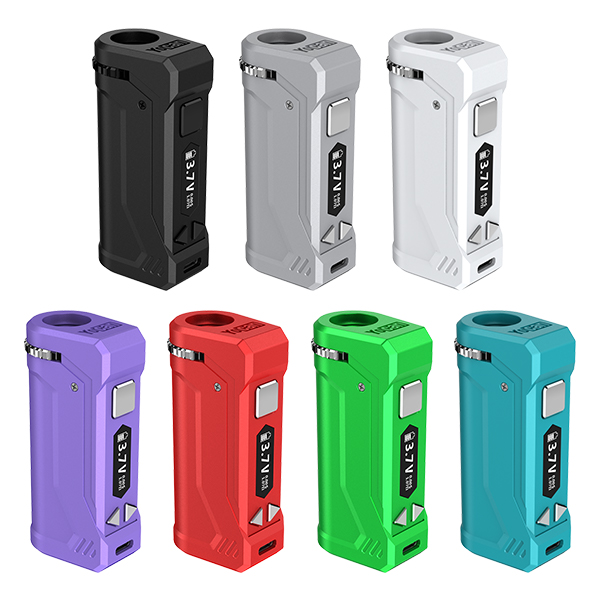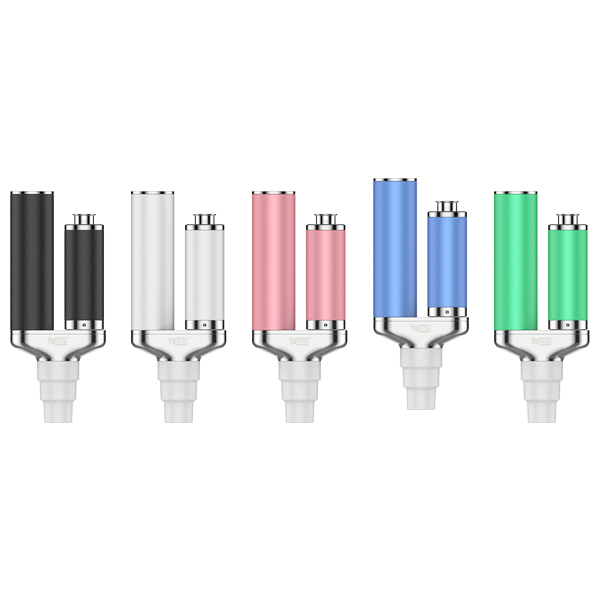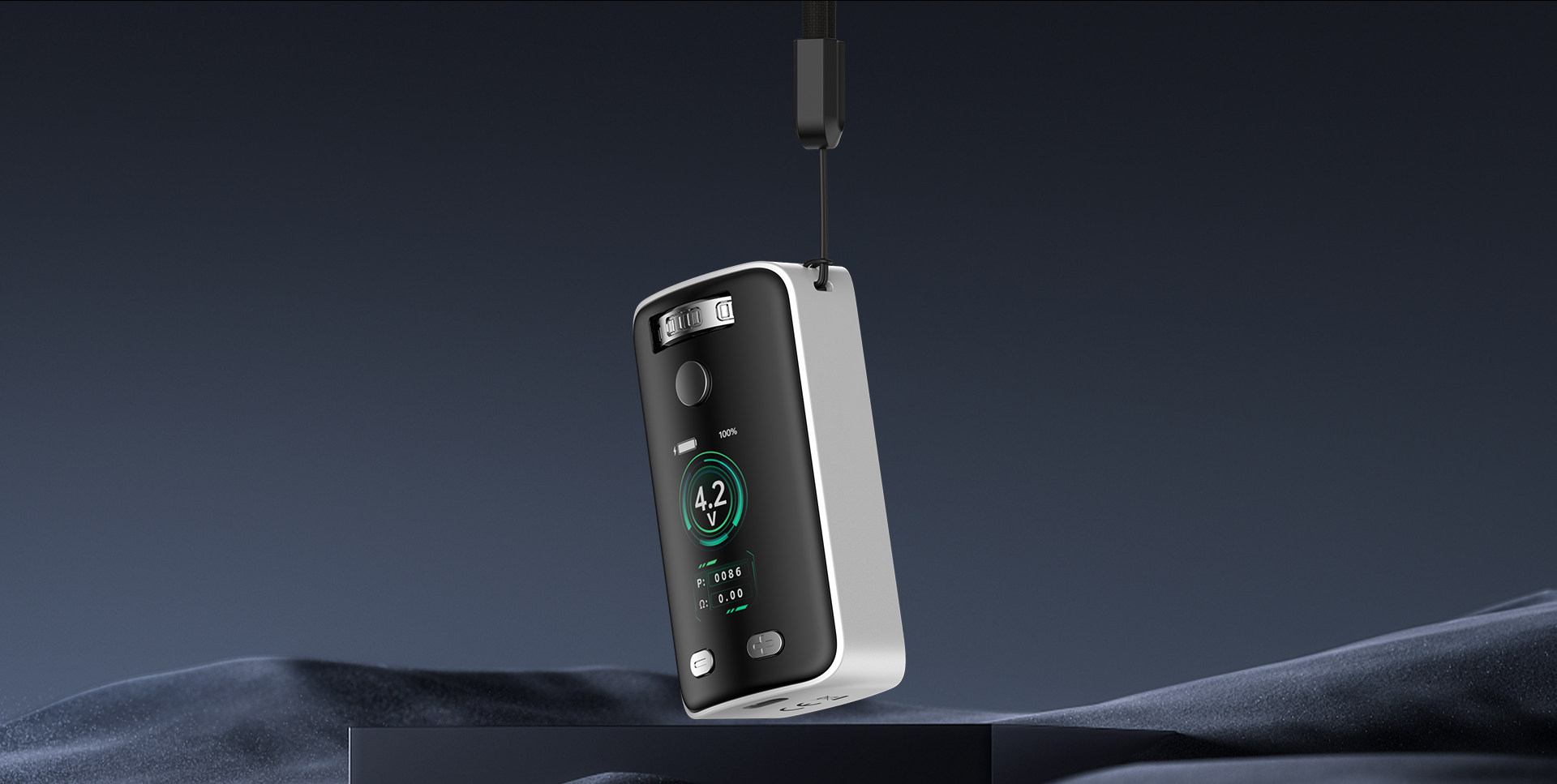Industry News, News
Selecting the Right Dry Herb Vaporiser
Hello everyone, this post will provide detailed guidance on selecting the right dry herb vaporiser for you. This guide will outline the key factors to consider when choosing your ideal device, helping you make an informed choice that suits your needs. If you’re new to this, I hope I can be of assistance.

What is a dry herb vaporiser?
A dry herb vaporiser is a device that uses heat to convert dried herbal plants into an inhalable vapour. It differs from e-cigarettes, which utilise liquid nicotine. This device releases active compounds from herbal substances through heating, allowing users to experience the effects by inhaling the vapour rather than through combustion. Unlike traditional methods such as smoking, which burns herbs and releases harmful toxins, the vaporiser heats herbs to an optimal temperature. This preserves phytochemicals and terpenes while minimising the release of unwanted byproducts.
Which heating method should one choose?
When selecting a dry herb vaporiser, understanding its heating method (convection or conduction) is crucial, as it directly influences how the herbs are vaporised and the quality of the resulting vapour
- Conduction heating: This method heats herbs through direct contact with a high-temperature surface. Conduction vaporisers typically heat up faster and are more affordable.
- Convection Heating: In convection vaporisers, herbs are heated by hot air. This ensures more uniform and consistent vaporisation, resulting in superior flavour and smoother vapour.
Considerations: If you are new to vaping, a conduction vaporiser may suit you well. However, should flavour and smoothness be your primary concerns, a convection vaporiser warrants greater investment.

How to adjust the temperature for dry herbs?
Temperature control plays a crucial role in the vaporisation experience, with different temperature ranges highlighting distinct effects and flavours of the herbs.
- Lower temperatures
Typically, temperatures between 160°C and 180°C produce a milder, more flavourful vapour. At this setting, the inhalation experience is smoother and gentler. Lower temperatures suit those who prefer a milder taste, as fewer active compounds are released at this stage. - Medium Temperature
Between approximately 180°C and 200°C (356°F to 392°F), an optimal balance is achieved between flavour and potency. This is the ideal temperature for those seeking a more complete experience, delivering denser vapour with stronger effects without overpowering other flavours. - Elevated Temperature
Above 200°C (392°F), the extraction prioritises herbal compounds, producing a thicker, more potent vapour. This temperature is highly suitable for those seeking relaxation or relief from symptoms such as pain or insomnia. However, higher temperatures diminish overall flavour, as certain terpenes degrade at elevated heat.
Thank you for watching. We hope this guide proves helpful. Should you wish to become a new product tester, please submit your details at: Yocan.com/r

